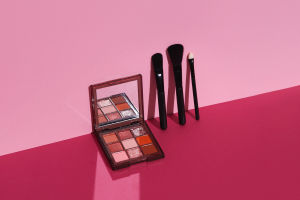Sunscreens shield the skin by blocking ultraviolet (UV) radiation, which can cause sunburns and increase the risk of skin cancer.
While no sunscreen can fully block UV rays, it provides extended protection, allowing longer outdoor activity before skin redness or damage occurs. However, some damage to skin cells may still happen, even with sunscreen.
What Does the Sun Protection Factor (SPF) Mean?
Understanding SPF
SPF measures how effectively a sunscreen prevents UV radiation from reaching the skin. Higher SPF numbers offer greater protection against sunburn. However, even the most robust SPF cannot block all UV rays, so additional precautions are necessary.
How to Select a Sunscreen
Key Features to Look For
When choosing sunscreen, consider these factors:
Broad-spectrum protection to shield against both UVA and UVB rays.
An SPF of 30 or higher for adequate defense against sunburn.
Water resistance or waterproof formulas to provide protection during swimming or sweating for 40 to 80 minutes, as indicated on the label.
How To Prevent UV Damage - SUNSCREEN!
Video by SingHealth
Types and Ingredients
Hey Lykkers! Sunscreens are available in various forms, such as lotions, creams, sprays, gels, and wax sticks. The choice depends on personal preference. Avoid products with ingredients that could irritate the skin.
How to Apply Sunscreen
Proper Application Steps
Cover all exposed areas of the skin, including the face, neck, and hands.
Use at least 1 ounce of sunscreen (approximately a shot glass) for full-body coverage, adjusting based on body size and hair.
Apply to dry skin 15–30 minutes before sun exposure to allow absorption.
Reapply every 2 hours, or more often after swimming or sweating.
Protect lips by using lip balm or lipstick with SPF 30 or higher.
Tips for Children
Children require sun protection just like adults. Sunscreens are safe for everyone over six months of age. For infants under six months, sunscreen should be used sparingly on exposed areas when clothing and shade are insufficient. Lightweight clothing that covers the skin is ideal for infants.
Don’t Rely on Sunscreen Alone
Additional Protection Measures
Sunscreen is just one part of a complete sun protection strategy. Combine sunscreen use with the following:
Seek shade during peak UV hours (10 a.m. to 4 p.m.).
Wear protective clothing, including a wide-brimmed hat and sunglasses.
Avoid tanning beds and sunlamps to reduce UV exposure further.
By incorporating sunscreen and other measures, UV damage can be minimized, promoting healthier skin.


